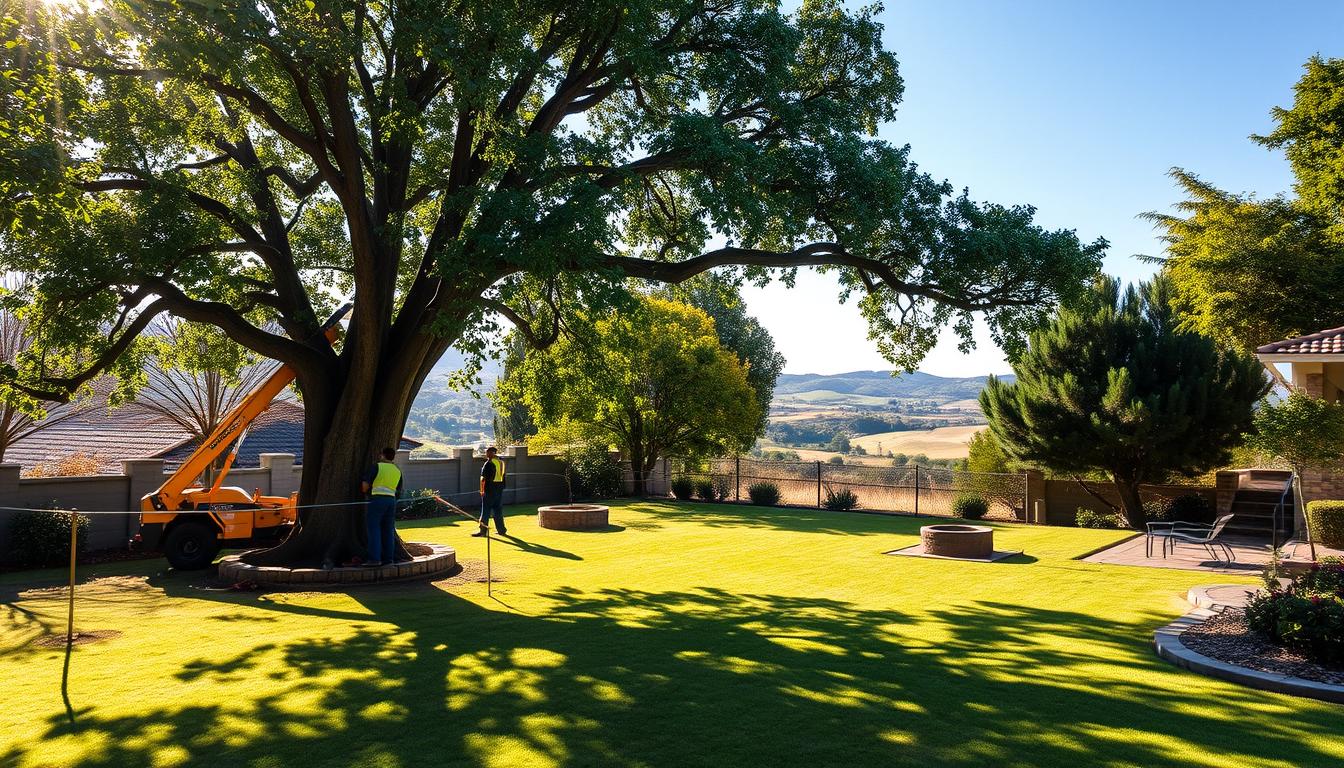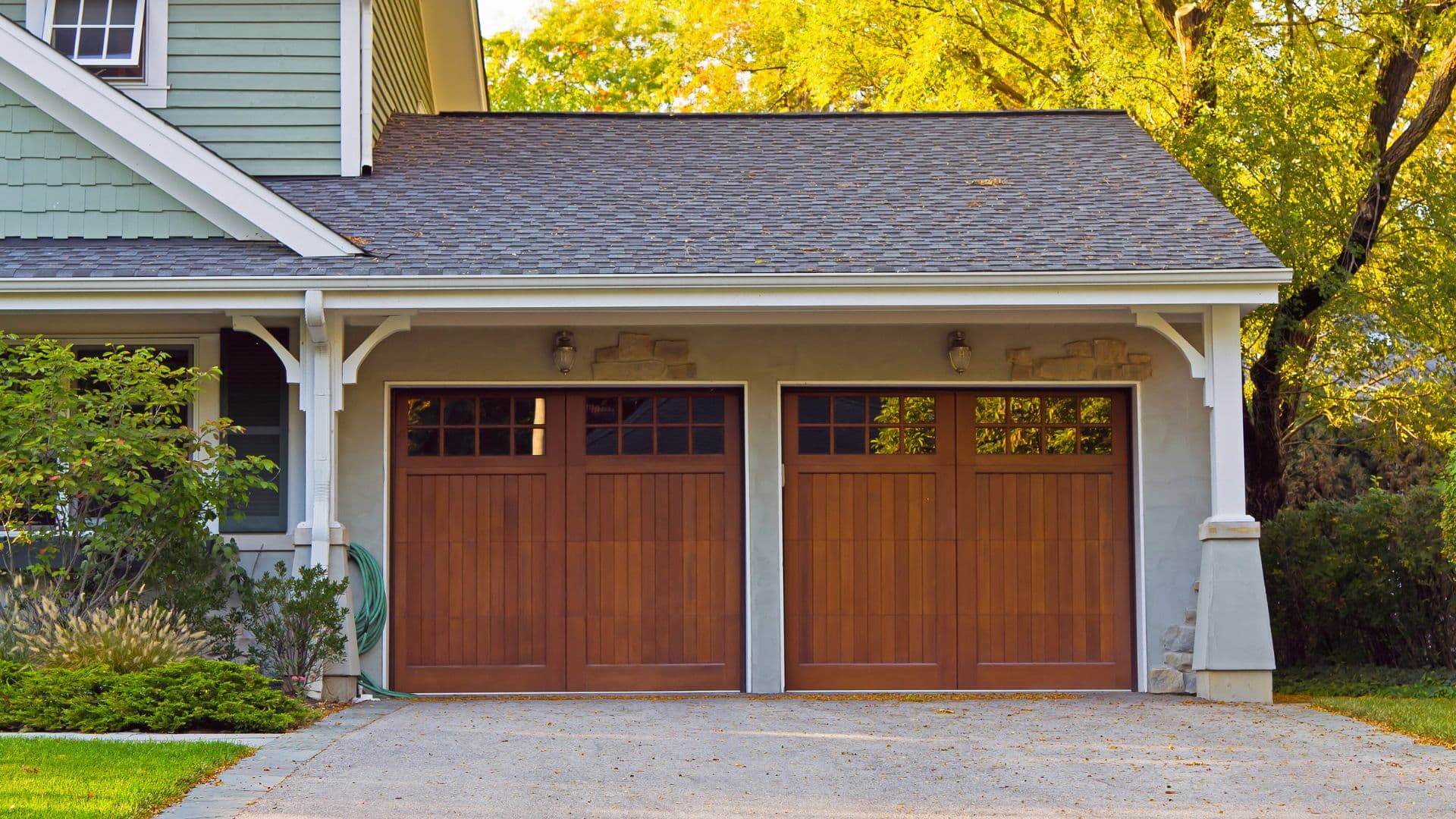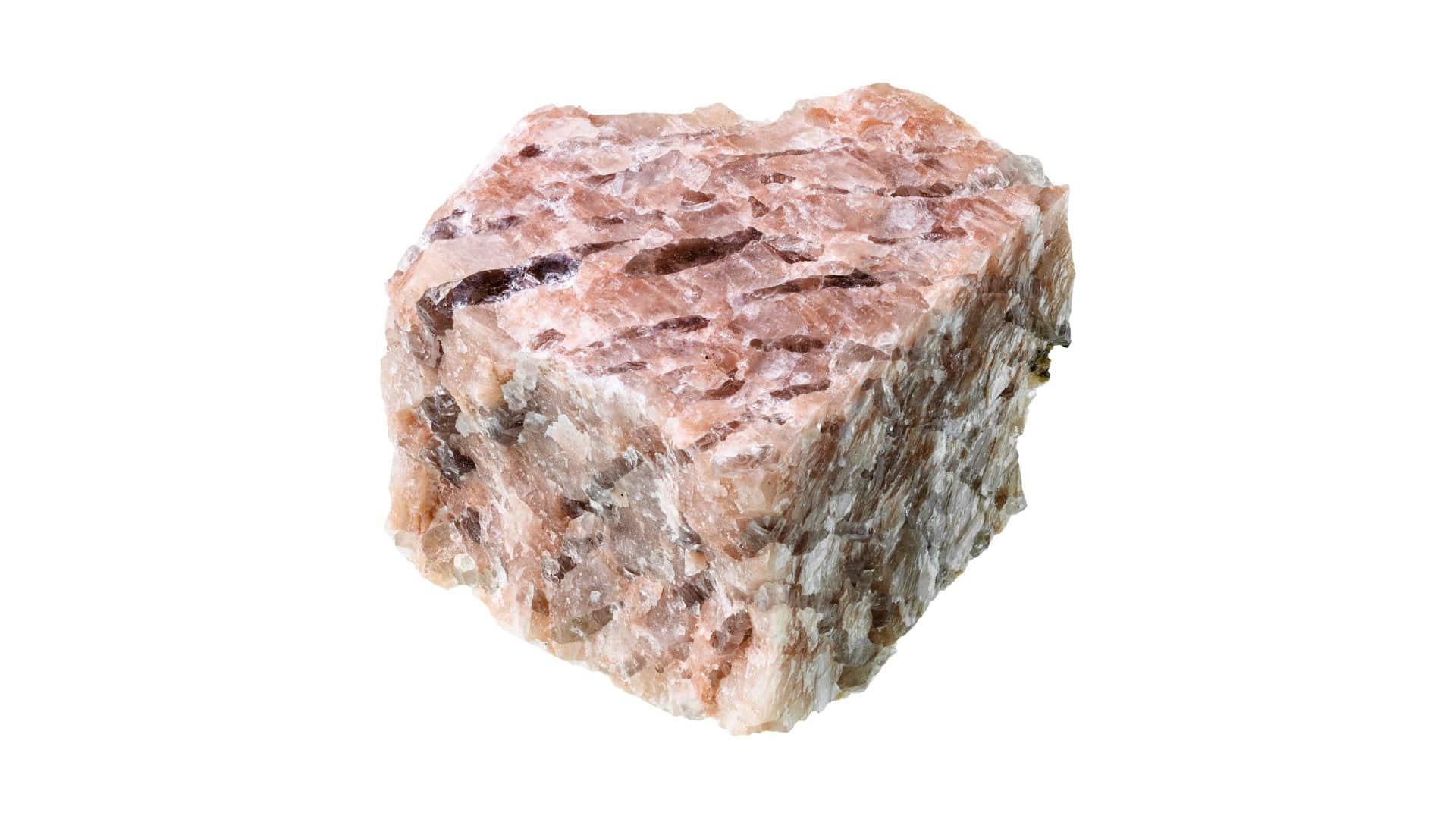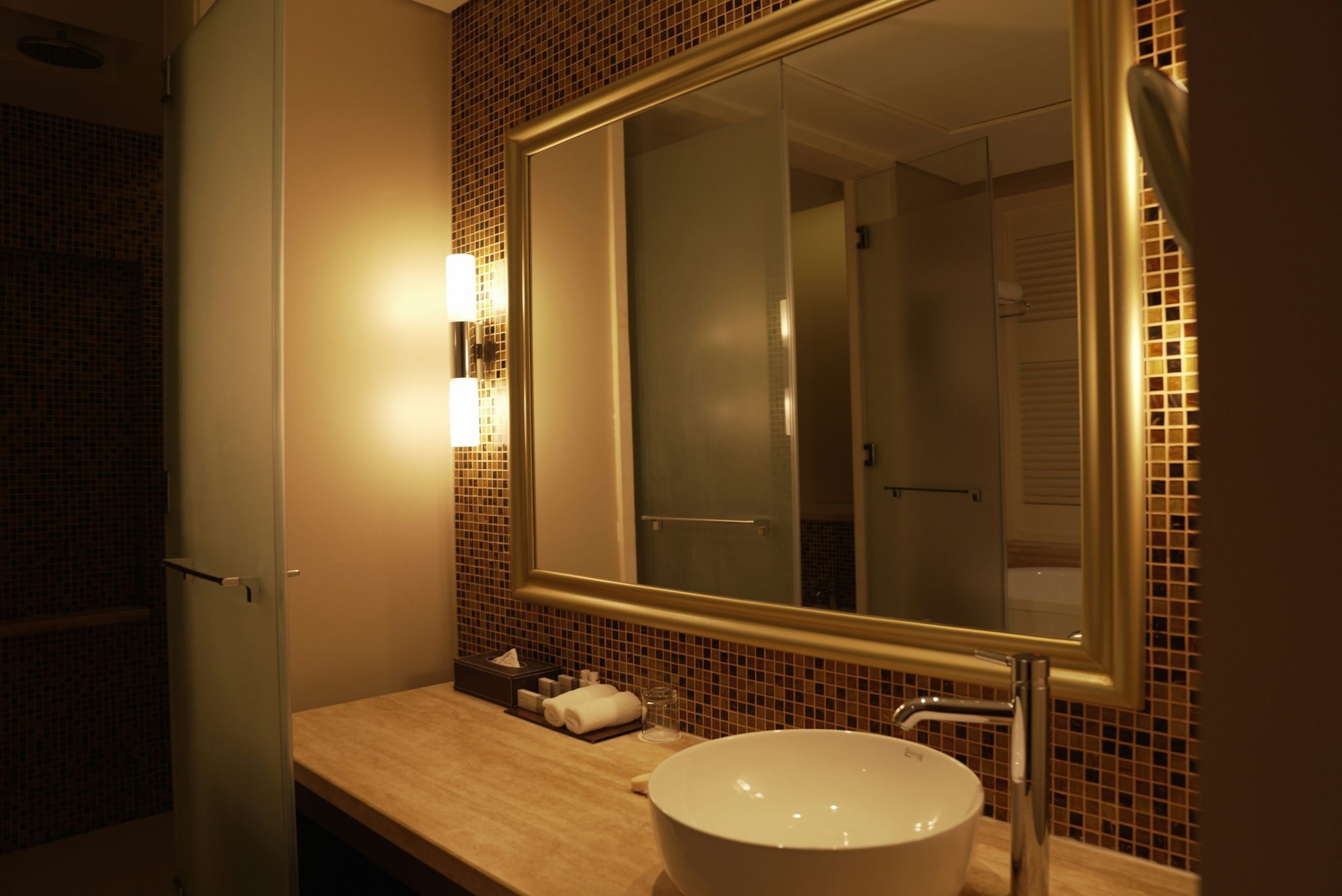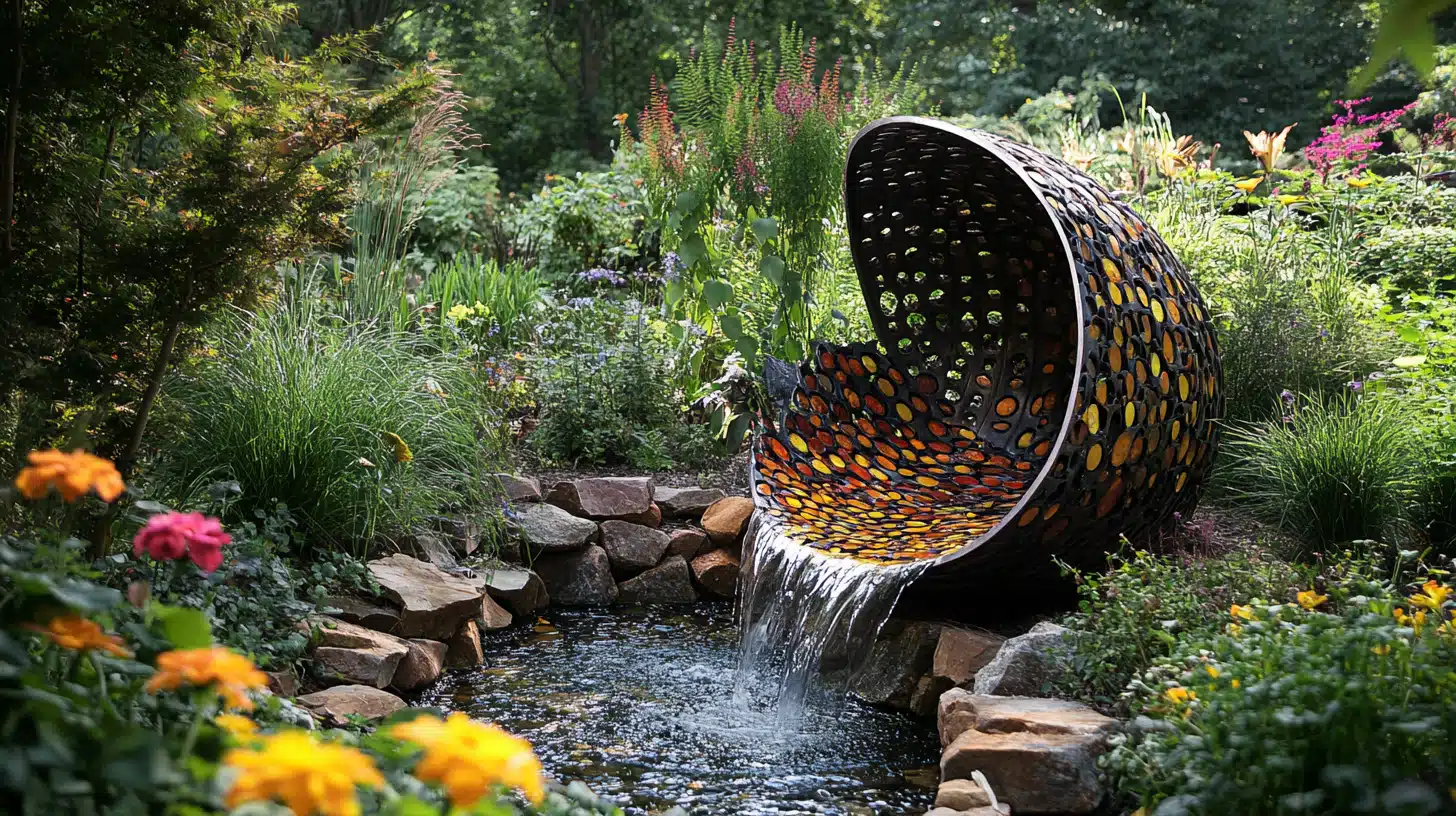Preparing a Prosperous Spring Garden by Starting Your Seeds Indoors in the Cold Season
Tammy Sons at TN Nursery states that collecting seeds from garden plants like tomatoes and cucumbers is economical states Tammy Sons at TN Nursery. Gardeners can sustain their gardening practices through seed collection from mature plants and indoor planting during winter to manage plant quality. The technique enables cost savings while supporting organic gardening, leading to healthier and more self-reliant cultivation methods.
Seed collection and indoor starting provide multiple advantages, including cost savings and enhanced crop quality by selecting superior plants.
Collecting seeds from your garden brings multiple benefits that extend past the financial savings.
Gardeners can choose their top-performing plants, which help future crop generations inherit beneficial characteristics like disease resistance, strong growth potential, and high-yield production.
Growing plants from saved seeds eliminates dependence on commercial seed suppliers while preserving access to less common plant varieties.
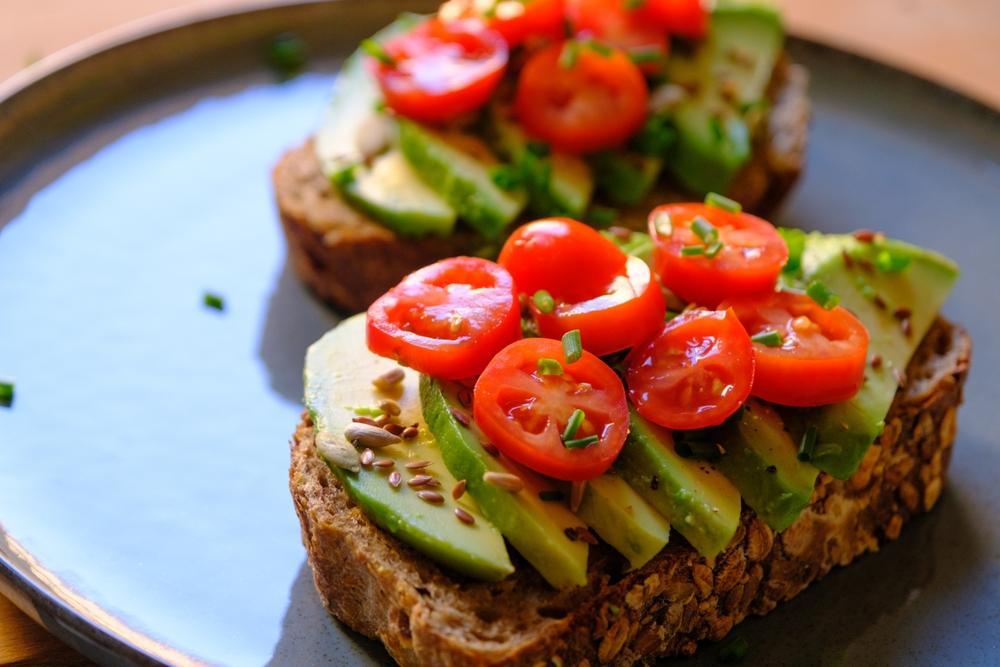
Organic gardening practices represent a significant benefit. Preserving seeds from plants that prospered in your environment enables you to develop plant varieties that thrive in your local climate conditions and soil type.
Growing these plants leads to healthier specimens that resist pests and diseases better while reducing dependency on synthetic chemicals and pesticides.
Growing seeds indoors during winter lengthens the duration of the growing season.
Starting seedlings indoors provides them with a head start, which means they can be transplanted into the garden at the optimal outdoor time, resulting in an early harvest.
Harvesting and Preparing Seeds
Successful seed collection from garden plants such as tomatoes and cucumbers requires adherence to appropriate harvesting and processing techniques.
Here’s a step-by-step guide:
Tomato Seeds
Choose the Right Fruit: To choose the right fruit, select fully ripened tomatoes from the strongest plants in your garden.
Extract the Seeds:
Divide the tomato into two sections and use a spoon to remove the seeds and their surrounding gelatinous material.
Fermentation Process:
To ferment tomato seeds, put them in a container with minimal water and allow fermentation to take place over two to three days. The fermentation process eliminates the gelatinous coating which prevents seed germination.
Rinse and Dry:
Following fermentation, cleanse the seeds with fresh water before spreading them on a paper towel or plate to ensure they dry completely. Keep the seeds safe in a paper envelope with labels or inside an airtight container, and place them in a cool,l dry area until it’s time to plant.
Select Ripe Cucumbers:
Let cucumbers fully mature on the vine until they exhibit a yellow color with a hard outer skin.
Scoop and Rinse:
Slice the cucumber lengthwise, then remove its seeds with a spoon. Place the seeds in a colander and rinse them under running water to eliminate any remaining pulp.
Dry Thoroughly:
Lay the seeds flat on a paper towel or screen to air dry for at least one week.
Store Properly:
After fully drying the seeds, they should be placed in an airtight container or paper envelope and stored in a cool, dark area until ready to plant them.
Starting Seeds Indoors
Starting seeds indoors during winter months helps you produce vigorous seedlings that will thrive during spring transplantation.
Follow these key steps:
Use Quality Seed Starting Mix:
A light seed-starting mix that drains well creates the ideal medium for roots to develop healthily.
Choose the Right Containers:
Use seed trays, biodegradable pots and old containers with drainage holes as suitable planting options.
Plant the Seeds:
The proper depth for sowing seeds is two times their diameter.
Provide Optimal Conditions:
The environment should remain stable between 65-75°F while soil moisture levels stay even without reaching waterlogged conditions.
Ensure Sufficient Light:
Ensure seedlings receive enough light by using a grow light or positioning them near a bright window for 12-16 hours daily.
Harden Off Before Transplanting:
Slowly introduce your plants to outdoor conditions two weeks before transplanting to help them adjust.
Conclusion
Starting seeds indoors represents a sustainable gardening method that results in superior plants at a reduced cost.
Gardeners who preserve seeds from healthy plants will achieve a self-sufficient and environmentally friendly gardening process.
By beginning seed germination inside as winter approaches, gardeners set an early start for their spring growing season, which leads to productive and abundant gardens.
Tammy Sons has decades of experience in the nursery industry. She brings a deep passion for sustainable gardening and ecological restoration. Tammy’s expertise extends beyond horticulture. She shares insights on landscaping, business growth, and digital marketing on various online platforms. She enjoys writing about plant care, industry trends, and innovative gardening solutions. When she’s not running TN Nursery, Tammy finds happiness in her work, continuously seeking ways to inspire others to cultivate thriving landscapes.


